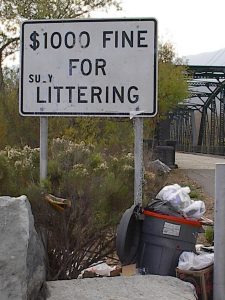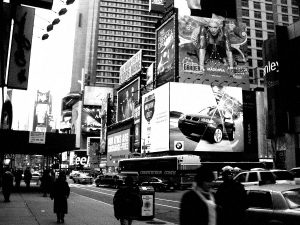A downward spiral for Adrian began in 2015. It started with a series of moves and job changes. Then he failed file his 2015 and 2016 taxes because he never received his W-2s. Monthly child support deductions from his paycheck were due to the state, but were never paid because Adrian could not keep a job. To make things worse, an unanswered ticket for texting while driving and speeding sat in a pile of mail on an old table. Previous speeding tickets caused his car insurance rate to spike. Overwhelmed, Adrian let his insurance lapse, reasoning he would take the subway to work in Manhattan, New York. But, one day while in a jam, Adrian drove his truck to work and was pulled over by an officer for passing a stopped school bus. Adrian was issued two more tickets – a school bus and a no insurance ticket (VTL §§ 1174-(a) and 319-1).
Many of Adrian’s woes can cause a suspension and/or revocation of a driver’s license. Such as failure to pay child support, not paying taxes, acquiring 11 points to one’s driving record in an 18-month period, and operating a motor vehicle without insurance. These are examples of some ways that a person’s driver license can be suspended and/or revoked. But, the loss of driving privileges may not the only consequences.
For example, Adrian’s lapse in insurance will trigger a license and registration suspension. However, a one-year driver’s license revocation will result for a driver involved a traffic accident without insurance coverage. Also, license plates must be surrendered to the DMV. Upon eligibility to reapply for a driver license, a driver will first have to pay a $750 civil penalty. In fact, in almost all cases where a person is reapplying for his or her driver license after it has been revoked, a one-time $100 fee is charged. Additionally, a suspension termination fee must be paid to have a driver license returned after it has been suspended.

 New York Traffic Ticket Attorney Blog
New York Traffic Ticket Attorney Blog









